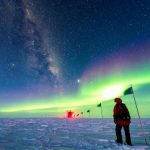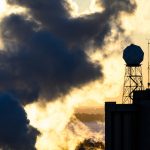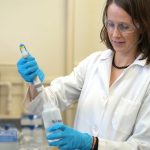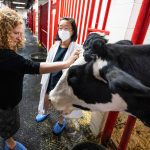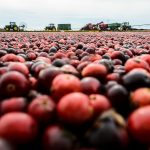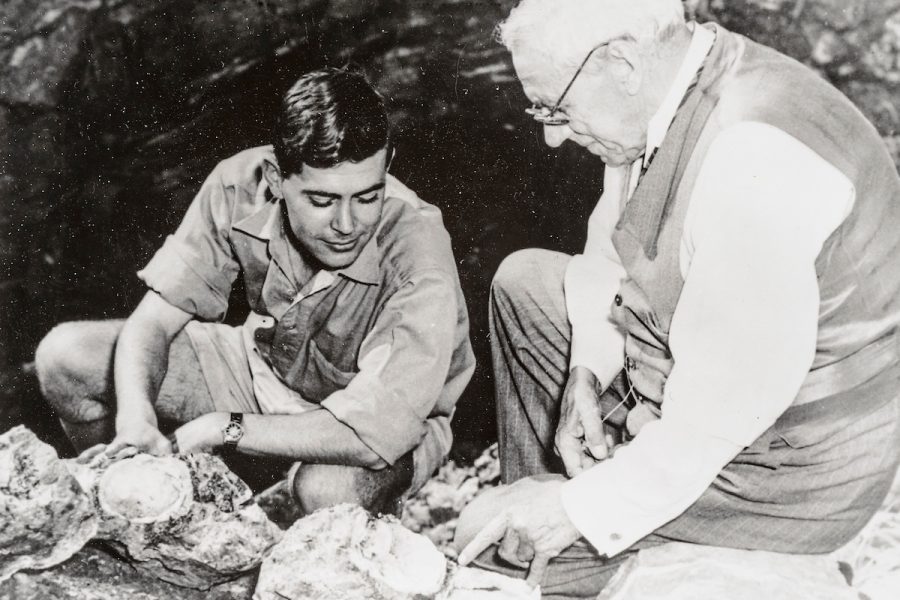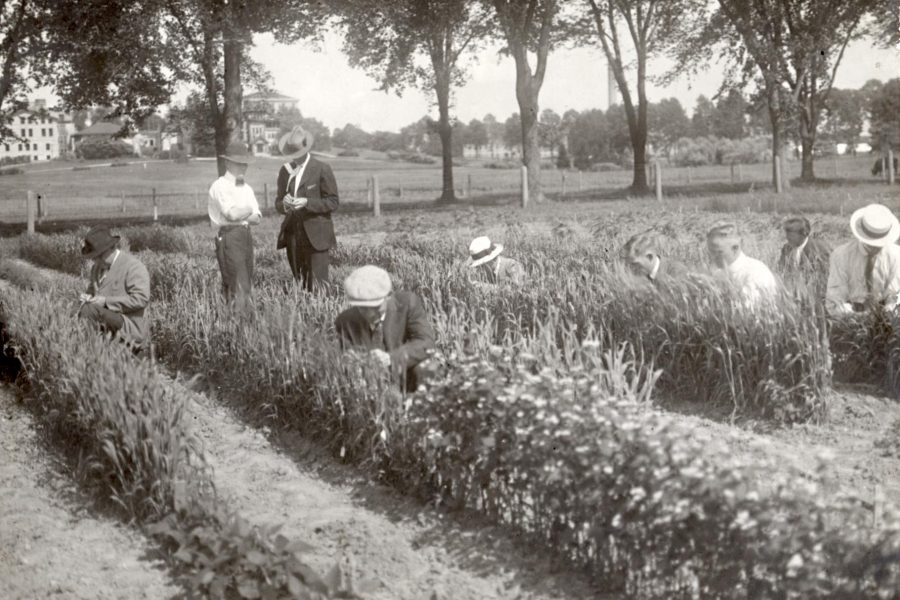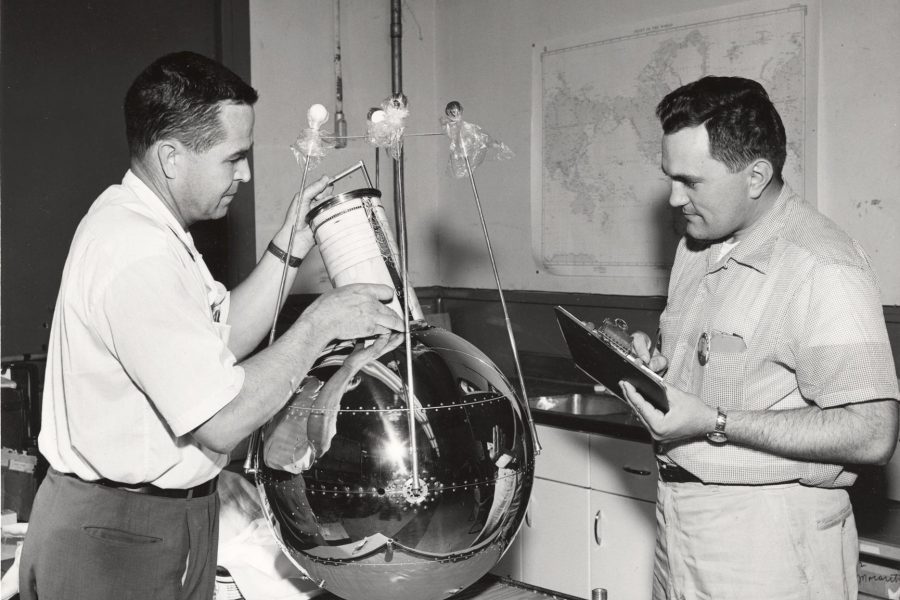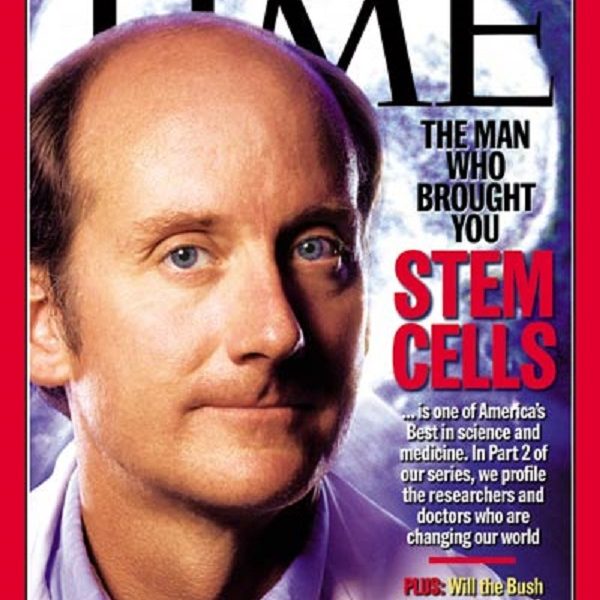University of Wisconsin Celebrates 175th Anniversary in 2023
 Honoring past achievements.
Honoring past achievements.
Championing future innovations.
Research Highlights 1848 to 2023
 On July 26, 1848, the University of Wisconsin was officially incorporated. Today, UW–Madison is one of the world’s leading research institutions with nearly $1.4 billion in annual research expenditures. That figure that puts us inside the top 10 in the nation among universities for volume of research. From education to entrepreneurship, research touches every part of the UW–Madison experience.
On July 26, 1848, the University of Wisconsin was officially incorporated. Today, UW–Madison is one of the world’s leading research institutions with nearly $1.4 billion in annual research expenditures. That figure that puts us inside the top 10 in the nation among universities for volume of research. From education to entrepreneurship, research touches every part of the UW–Madison experience.
“For 175 years, research at UW–Madison has positively impacted every corner of the state and improved the lives of people around the world,” says Steve Ackerman, vice chancellor for research and graduate education. “UW–Madison researchers are continually developing game-changing innovations. We celebrate their work and thank them.”
-
More than 400 start-ups have come from UW–Madison research.
-
20 faculty and alumni have received Nobel Prizes.
A Sample of UW–Madison Research Highlights
• 14,193 individuals involved in research on approved protocols in 2022.
• 2,329 principal investigators with approved protocols in 2022.
• University of Wisconsin–Madison is proud to train over 1,100 postdoctoral trainees who are performing research in fields ranging from astronomy to biomedical engineering to history and economics.
• 39% of 2021-22 bachelor’s degree recipients graduated with research experience
A Legacy of Discovery
Vitamins A and B and use of Vitamin D
Blood-thinner Warfarin
Homo naledi human ancestor
Measurement of the size of the Milky Way Galaxy (UW astronomer J. Stebbins, 1933)
Cosmic neutrinos at South Pole
Creation of synthetic genes
Regenerative medicine paving the way for better health
A Sample of University of Firsts
Bone marrow transplant (UW Hospital)
Academic dance program
Department of wildlife management
Projection world map that reflects true continent size
Poverty research center
Oldest educational radio station
First space-based weather camera
Mapping of interstellar matter in the Milky Way (UW astronomers J. Stebbins and C. M. Huffer, 1934) The Stebbins Galaxy
Ultraviolet astronomical observations in space (UW astronomer A. C. Code and his Space Astronomy Lab team, 1968) The Wisconsin Experiment Package
Development of Wisconsin Solution used in transplant surgery
* Events included here are taken from https://www.wisc.edu/about/historical-timeline/, records of the Office of the Vice Chancellor for Research and Graduate Education (OVCRGE), the Graduate School, various news articles, Wisconsin Alumni Research Foundation. OVCRGE Research Centers, and various other UW–Madison websites.

